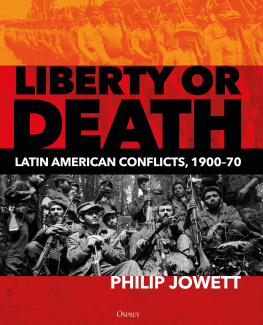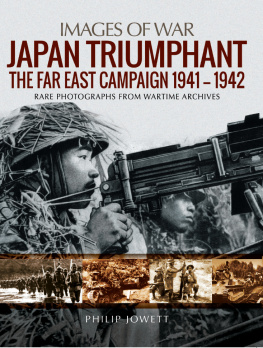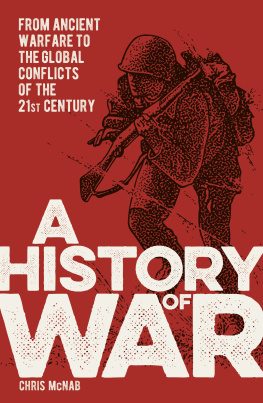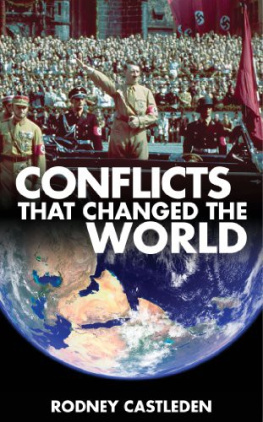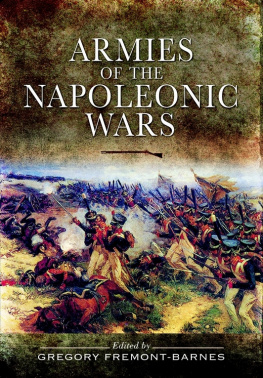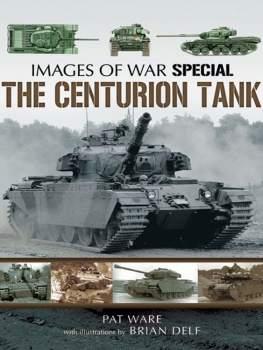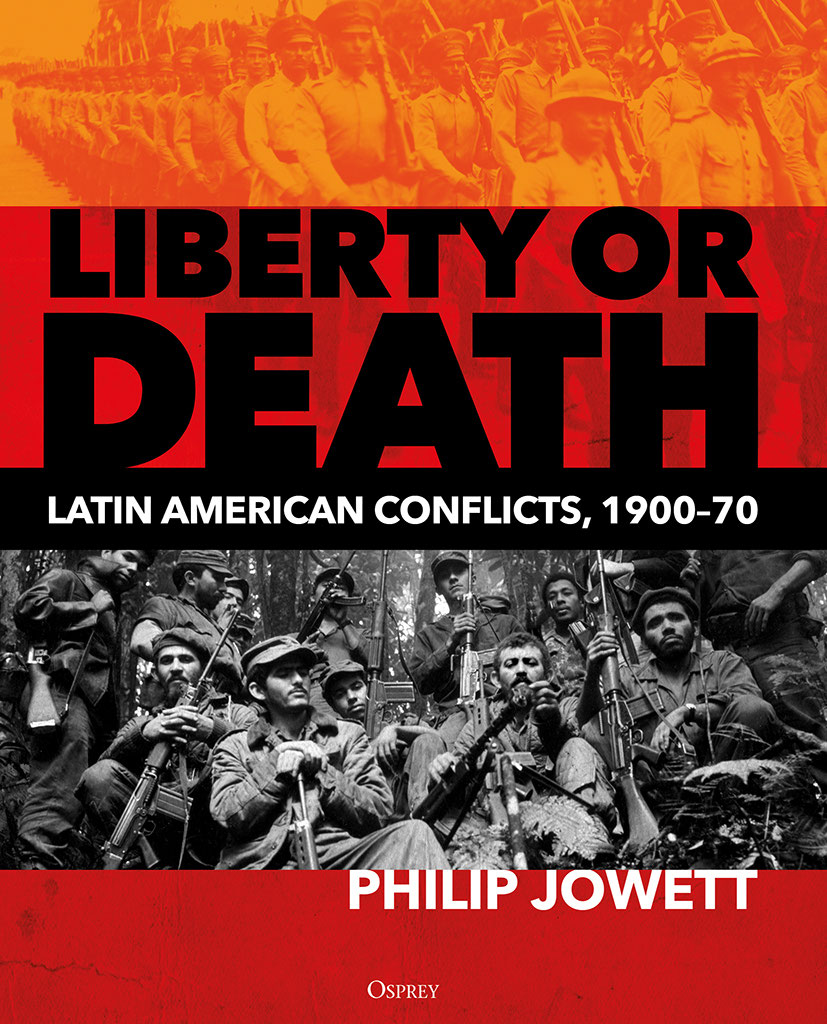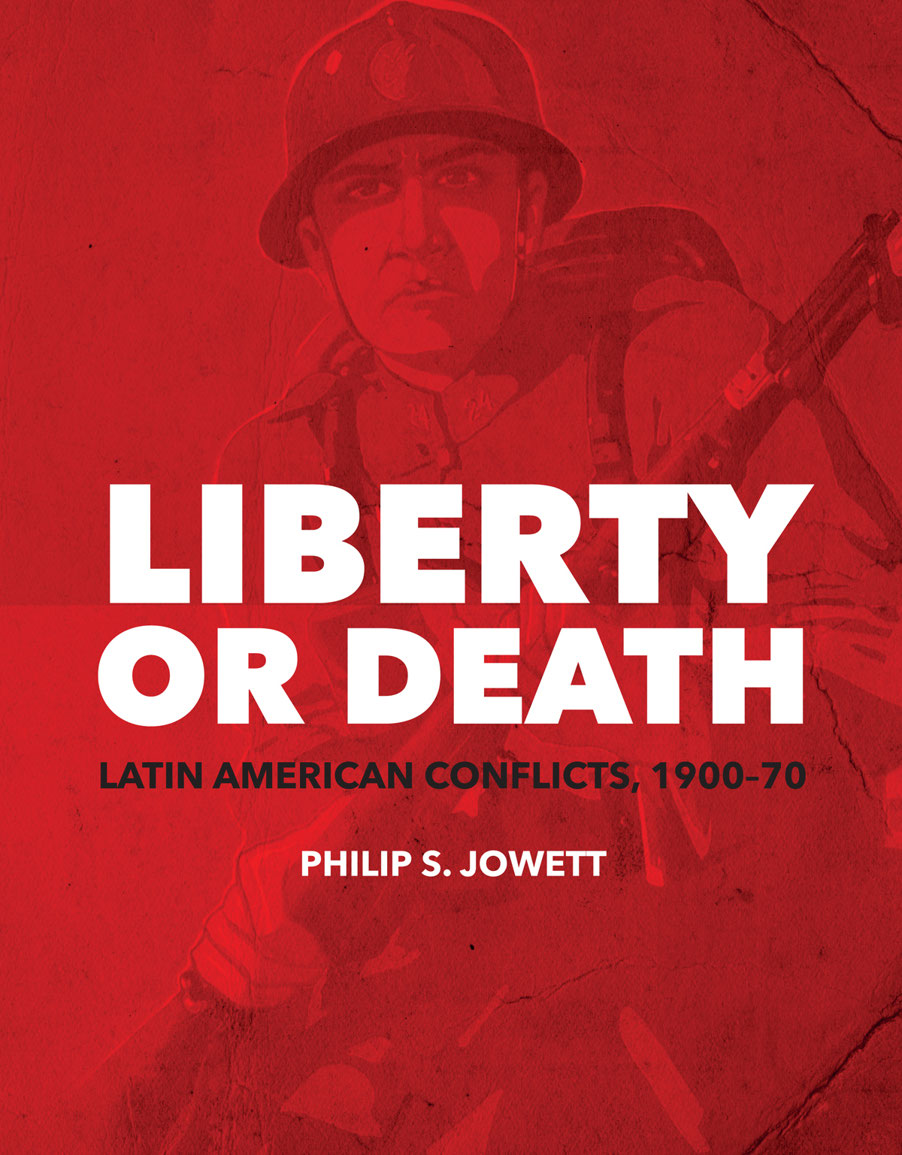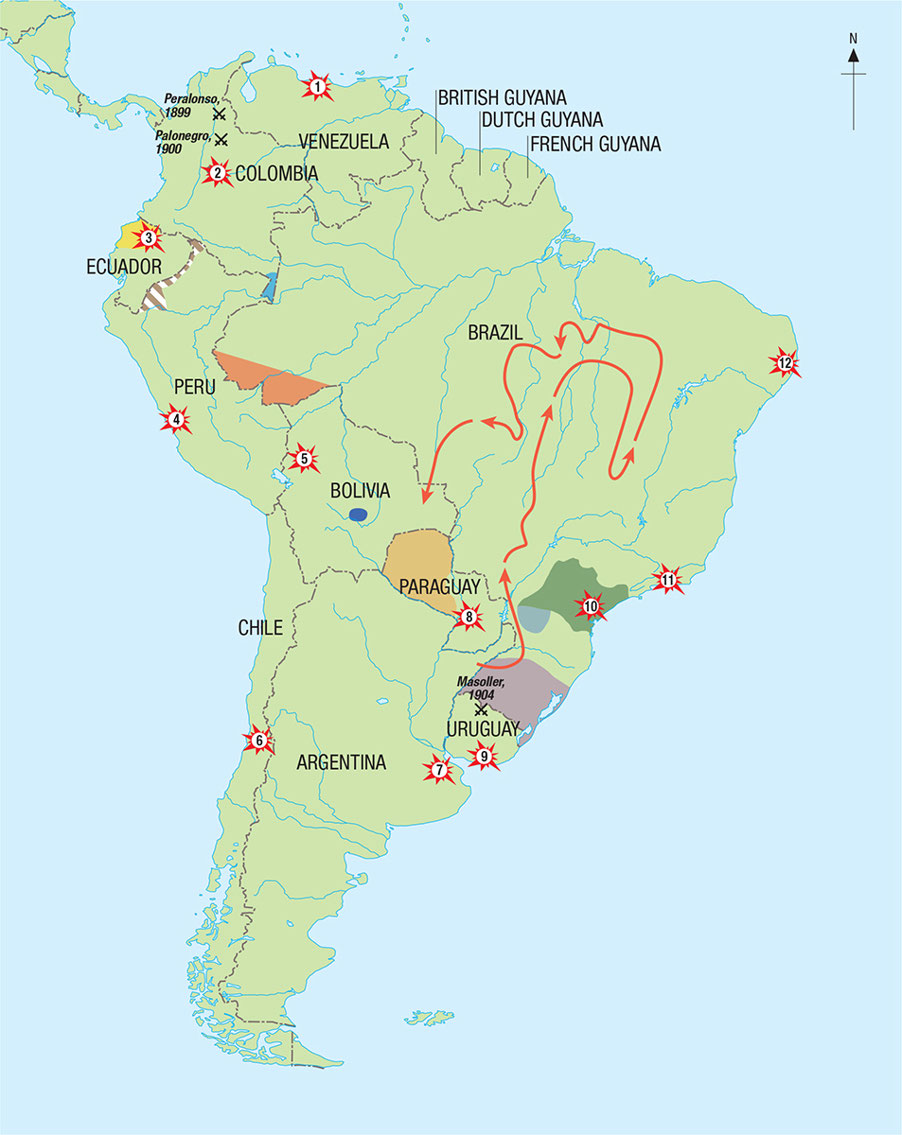INTRODUCTION
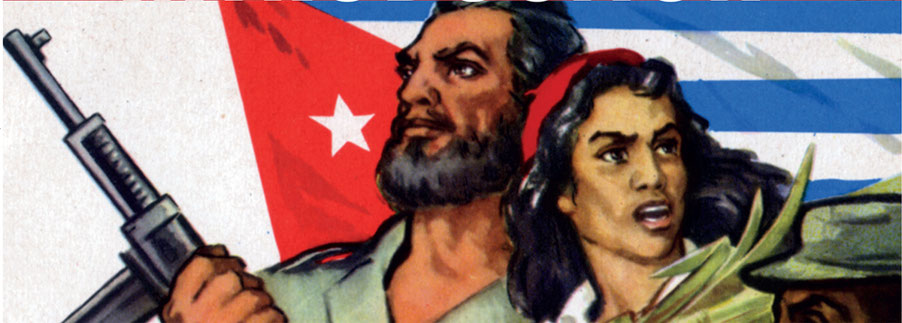
This book covers an interesting period of military history in Latin America. Some of the most fascinating conflicts in Latin American history took place between 1900 and 1970. During this 70-year period most Latin American countries, and their often-impoverished populations, suffered from political and military conflict. Latin America is generally defined as the regions of the American continent where Latin languages Spanish, Portuguese and French are spoken. Geographically, we understand Latin America to be the southern part of North America or Mexico, the Central American Isthmus, and the South American sub-continent. Usually included in geographical Latin America are the Caribbean islands of Cuba and Hispaniola. The latter is divided between the Spanish-speaking Dominican Republic and French-speaking Haiti. Wars have taken place in Latin America for centuries, but the independence of the provinces of the Spanish and Portuguese empires won in the early 19th century brought a new dimension to the conflicts. The wars were now fought between the newly independent Latin American countries over territory and borders drawn by colonial powers before the 1820s. Nearly all of the new states were republics and these jealously protected territory won in years of struggle with the Spanish Army. The only exception was Brazil where, from 1821 to 1889, direct Portuguese rule was replaced by a Portuguese emperor ruling the Empire of Brazil. When the last emperor was deposed, the whole of Latin America was, at least nominally, ruled by civilian governments. In almost every country, these governments were dominated by their respective liberal or conservative party. The two main parties in most countries fought politically and often militarily for control. Between the 1820s and 1860s there were a number of civil wars in Argentina, while Chile had a civil war from 1829 to 1830 and a revolution in 1851. Chile also fought the War of Confederation against an alliance of Peru and Bolivia between 1836 and 1839. Peru had previously fought a war against Gran-Colombia in the late 1820s, while the Brazilian Empire was threatened by Republican revolts between 1845 and 1855. Uruguay was plagued by a series of wars, fought over control of the government by its Liberal and Conservative parties, which lasted from 1839 to 1863. From 1859 to 1863, Venezuela was torn apart by the so-called Federal War, fought by armies of a few thousand men but with a high attrition rate amongst the Federalist and Conservative armies. In the last few decades of the 19th century, there had been a large number of conflicts in Latin America, two of the largest involving three or more nations. The first, in 1864, involved an alliance of two of the most powerful nations in the region, Argentina and Brazil. With the assistance of Uruguay, this so-called Triple Alliance totally destroyed Paraguay. By the end of the War of the Triple Alliance in 1870 the already impoverished Paraguay, led by the megalomaniac President Francisco Solano Lopez, had been bled dry and there were only 28,000 males left in the country. The next pan-South American conflict, in 1879, was again fought for territory and dominance. In a four-year war against the dual alliance of Peru and Bolivia, Chile fought to gain valuable land on the Pacific coast from the weaker of its adversaries, Bolivia. Chiles victory left Bolivia landlocked, sowing the seeds for Bolivias attempt to seize territory from Paraguay in order to gain control of the Paraguay River and thus access to the Atlantic Ocean during the Chaco War of 193335 nearly 50 years later.
At the beginning of our period, there were a number of wars that had erupted in the last years of the 19th century which were to continue into the 20th century. For the next 70 years, Latin America witnessed a wide variety of conflicts, from skirmishes between a few hundred men to wars involving 100,000 troops. The combatants ranged from poorly armed guerrilla fighters and irregulars with machetes to conventional armies equipped with tanks, jets and all the paraphernalia of modern war. Although I have generally charted events chronologically, the complex nature of Latin American military history means that conflicts were sometimes intertwined. Civil wars in Latin America, especially in the first two decades of the 20th century, often saw interference from neighboring states. Equally, some Latin American nations appear more than others. This is simply because some countries, like Honduras, were at war more often. Similarly, some conflicts, like the Chaco War, require a whole chapter to describe them, while the ten-year Mexican Revolution requires two. Superficially, some of the conflicts covered in this work may appear trivial and small-scale, but it is important to remember that for some of the smaller nations, arming and equipping a few hundred men was an expense that they could ill afford. Some of these Comic Opera conflicts were regarded, especially in the Western Press, as just another revolution. But for the people involved, prepared to face death in order to gain their liberty, they were deadly serious affairs. In many cases the price of failure for those willing to fight for liberty was to stand with their back to an adobe wall and face a firing squad. This book covers over 60 conflicts, including 16 civil wars, 14 revolutions, eight border conflicts and 22 anti-government rebellions, as well as a number of coups. Some of these conflicts, like the Mexican Revolution of 191020 and the Cuban Revolution of 195659, are well known. Other wars, like the Coto War of 1921, between Panama and Costa Rica, fought for a small piece of jungle, were hardly featured in the press. The Zarumilla War of 1941 was fought during the early stage of World War II and involved tanks, bombers, and submarines. Few outside Latin America were even aware of the conflict, which was a life or death struggle for Peru and Ecuador.
It is hoped that the reader will find the military history of Latin America of interest and, given the ongoing instability, poverty, and bloodshed in the region, that the subject will receive wider exposure.

